Short Lunches and Wellness Wednesday Don’t Align
June 15, 2022
While our school preaches for student social and emotional well-being, students having forty-five minute lunch breaks with fifty minute educational periods does not reflect these ideas. Lunch is an important part of the day for many students since it is time for them to eat, socialize and de-stress. However, with such a short lunch period, lunch becomes a much more stressful time. You have to buy your food, find somewhere to eat, eat, and then make it back to school in time for your fifth period class. By the time that most students sit down with their lunch, they only have about 15 minutes to eat.
Student mental health awareness has been increasing ever since the chaos of 2020. And ever since the chaos, mental health has been plummeting for high school students, as well. One third of students have had persistent mental health issues and two of every five students have reported to have had these mental battles affect normal activities. (Deidre McPhillips, “‘Youth are in crisis’: Mental health of US high school students worsened during the Covid-19 pandemic, CDC survey finds”, CNN, March 31, 2022).
Clearly, with the mental health of students becoming worse and worse, it is crucial that schools prioritize keeping their students feeling happy, safe, and motivated to learn and prevent burnout and anxiety. However, by neglecting the importance of the student lunch period, the one period that most students have to decompress and talk with their peers, our mental health is being overlooked.
Extending our lunch period would allow for students to have more time to relax, rather than a lunch period that can be very stressful due to the short amount of time allotted to it.
Our school has been working to make student mental health more of a priority. One striking way is the introduction of Wellness Wednesday. Wellness Wednesday is one Wednesday a month where students are able to go and do other activities that stray away from regular classes and allow for us to decompress. Notably, for our last Wellness Wednesday we went to Little Island where there were many activities that students could do and allowed for them to socialize and be with friends. While I believe that the steps that have been taken in our school are significant, I still believe that having lunch periods that are at least as long as our regular 50 minute classes is one way in which we can further our mental health advocacy.
Having breaks throughout the day is very important for students, and anyone who has a job or faces the stresses of school. With having three long educational periods in a row, myself and many other students begin to feel burnout and exhaustion. Having a break in the day to do something that allows the brain to relax is important and can even improve attention. (Kirsten Weir, “Give Me a Break”, APA, January, 2020). By extending lunch periods, this will allow students to be able to fully relax and prepare for the classes ahead of them so that they can give full attention to the classes in the second half of the day.
While our school makes it clear that student mental health is important to them, short lunch periods is one weak spot in their advocacy for mental health. This is because students who go out for lunch have to rush to get food and have enough time to socialize and build stamina and attention for the classes to come.











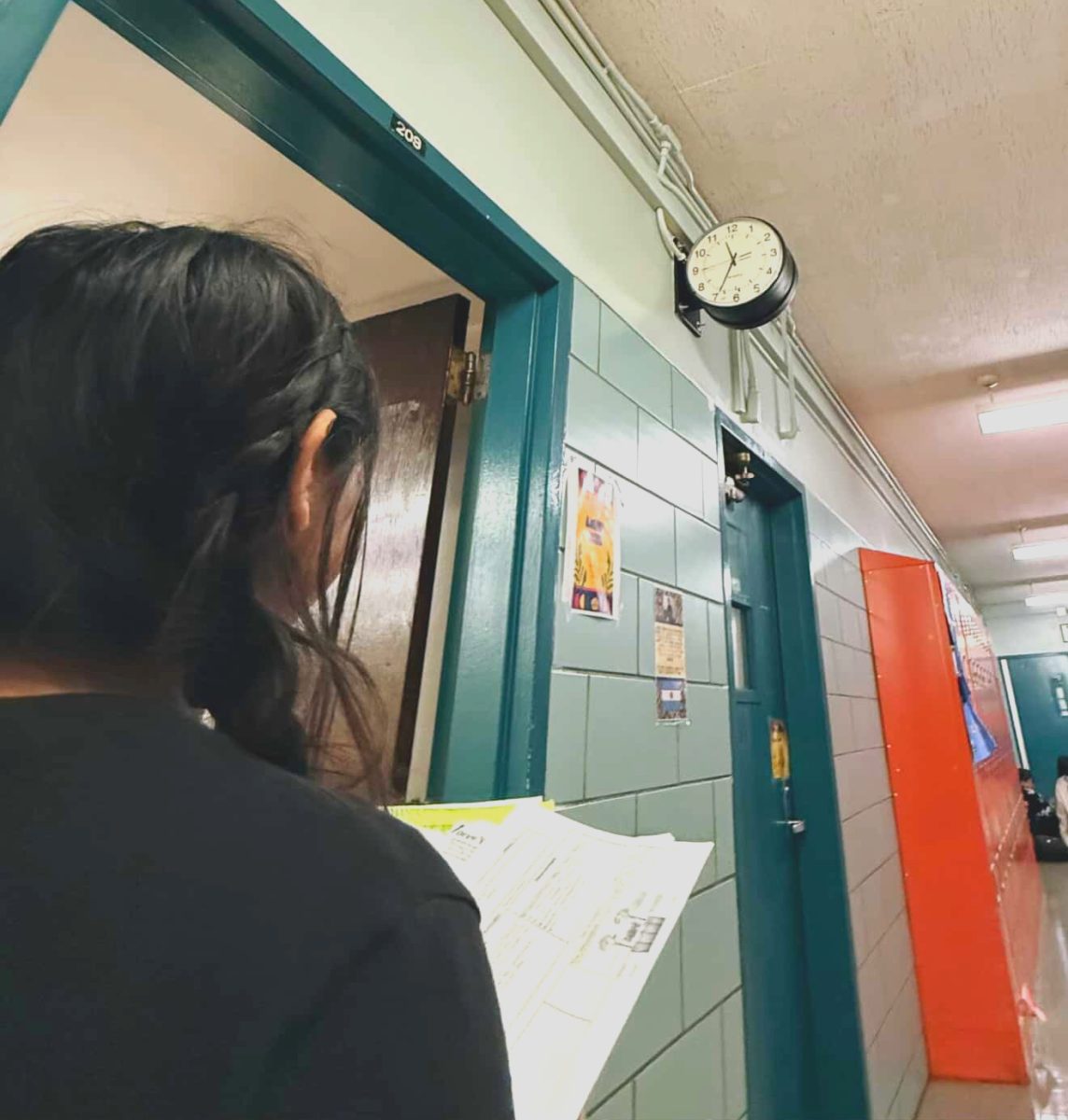

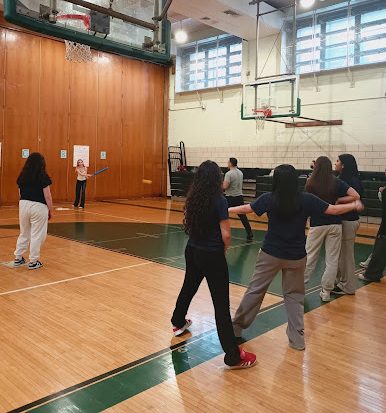

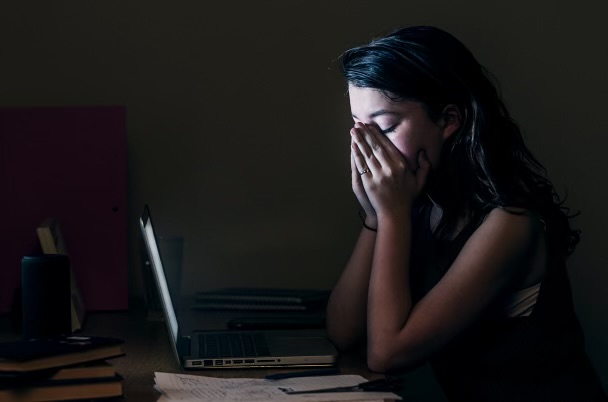






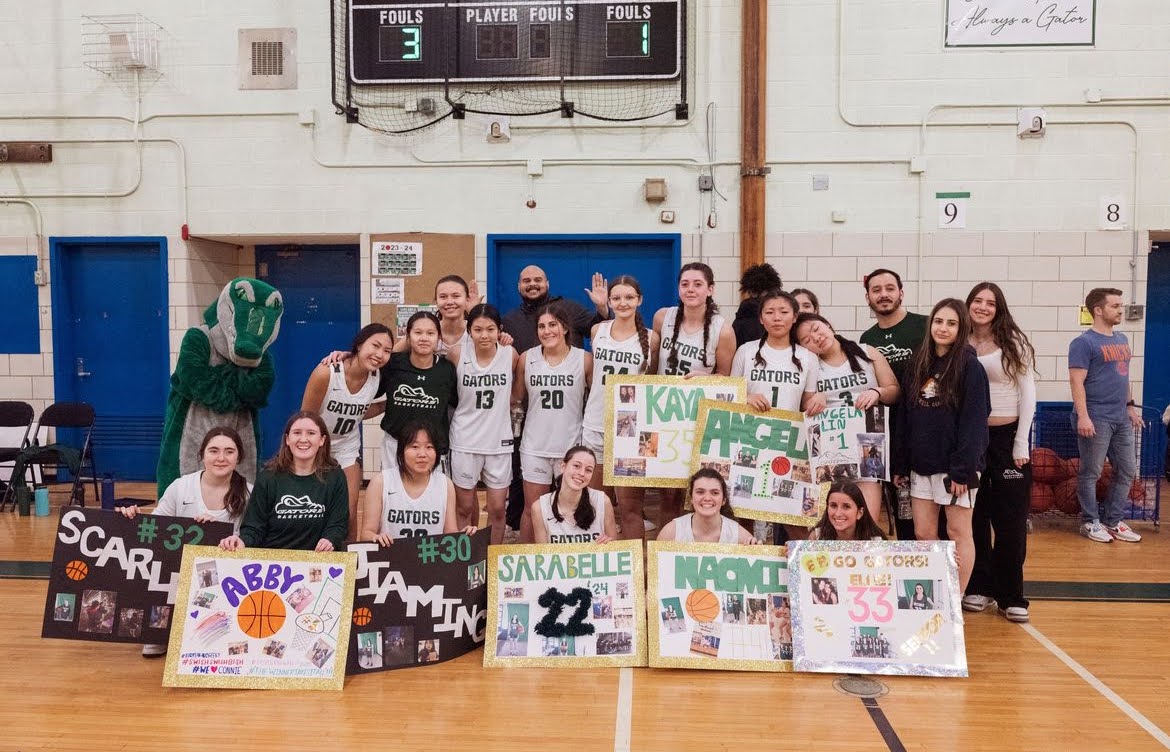




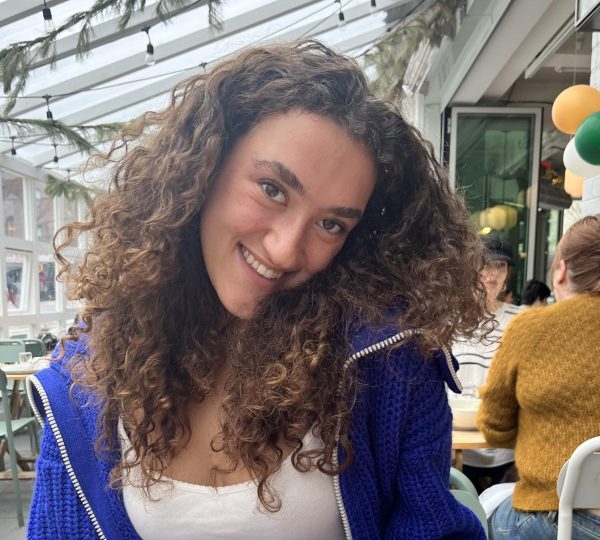
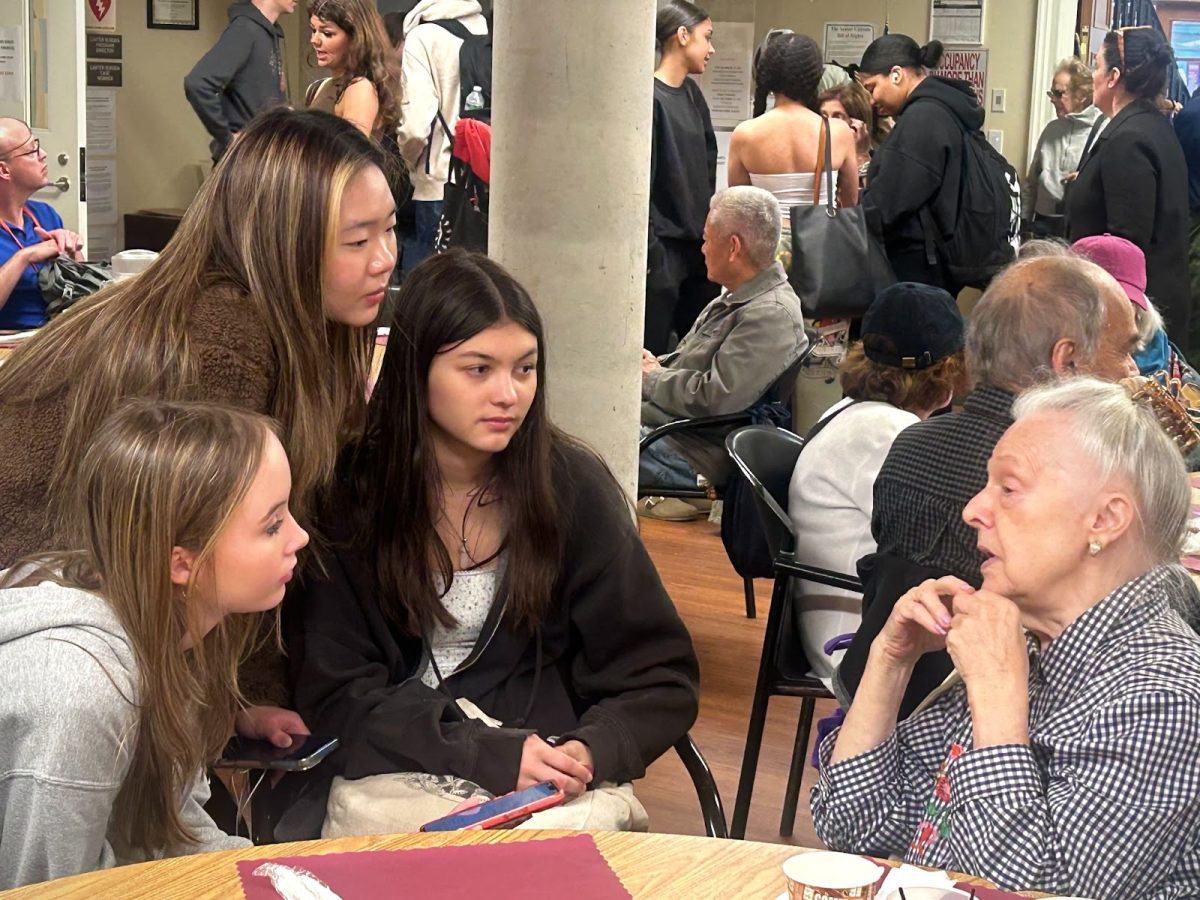
nova • Jun 15, 2022 at 9:43 am
YESSS